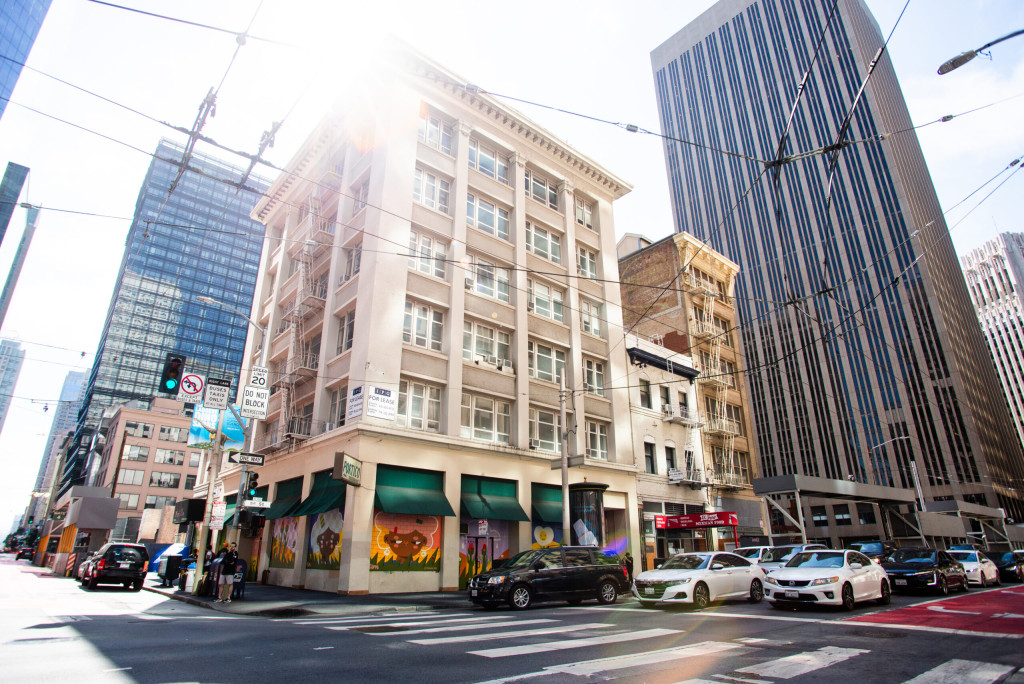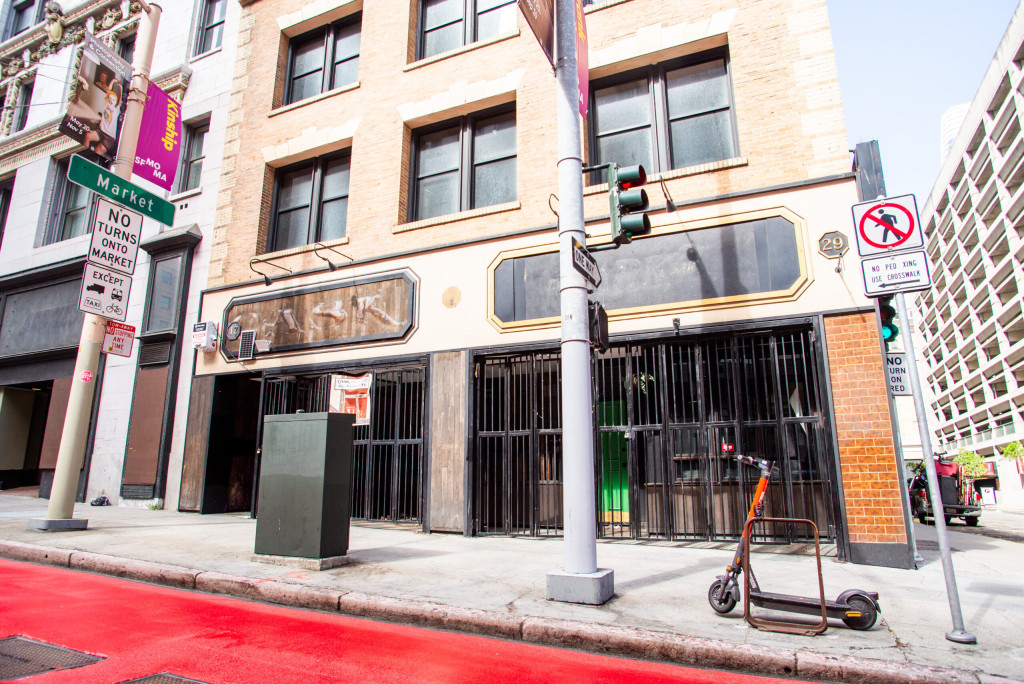San Francisco’s downtown was once a significant economic, cultural, and financial center. However, in recent years, the city’s iconic downtown has taken a turn for the worse. This not only negatively affects the residents of San Francisco, but also the residents of all Bay Area cities, including Berkeley.
According to the San Francisco Department of Human Resources, over 25 percent of all San Francisco workers reside in the East Bay, and more than half of all BART rides taken are transbay, prooving how many Berkeley residents rely on the city’s downtown. In order to give San Francisco an economic rebound, the city must reinvest its money into creating nightlife and incentivize living in the area, which will in turn benefit the greater San Francisco metropolitan area.

The pandemic left San Francisco as a shell of its former self, with about 25 million square feet of vacant office space across the city, according to CBRE, the world’s largest commercial real estate company. The creation of completely online and hybrid jobs has allowed major businesses to save money on San Francisco’s costly commercial rent, which has vastly influenced downtown San Francisco’s economic problems. These important companies, such as Meta, Salesforce, and Slack, are slowly decreasing the number of workers in their offices in the financial district. As these major economic contributors slowly drip out of San Francisco’s downtown, they are taking San Francisco’s economy with them.
In addition to benefiting companies, online and hybrid work also benefits employees. It allows them to save the hassle of entering the city, spend less time on the road and more time working and also allows them to have more flexibility with non-work activities. Although this does benefit those who have jobs that can be carried out in a hybrid or online format, this negatively impacts those who still must commute to the city daily, as there are significantly fewer people in the city throughout the week. This means that many businesses are struggling to stay open due to a lack of customers. This is heavily impacting those businesses’ employees, some of whom don’t live in the city, due to its extremely high cost of living.
Prior to the pandemic, San Francisco’s downtown streets were filled to the brim with Bay Area residents and were lined with major retail stores. However, now, the city feels like a ghost town in some places, with retailers such as CVS, Old Navy, and even the Westfield Group, the company that manages Westfield Mall, pulling out of their stores in the city center. With a shortage of people shopping, these shops aren’t earning enough money to pay their extremely expensive rent, forcing them to flee the city.

In order to combat this, San Francisco should invest in converting apartments downtown. Although this will cost the city a lot of money, it will result in the return of San Francisco’s vibrant downtown.
After the attack on the Twin Towers on Sept. 11, 2001, New York City’s downtown was in economic and physical ruin. Thousands of people fled downtown, and many vowed never to step there again. However, New York City decided to invest in the conversion of office space into apartments that were then rented for very little money.
Since the attacks on Sept. 11, the population of downtown New York City has nearly doubled, businesses and retailers have returned, and the city’s once-dead downtown has been reborn into a 24-hour city. If San Francisco follows in the footsteps of New York City and invests in affordable housing in the downtown area, more businesses will open to support the increased demand from the growing population, which will spark economic growth.
Once the city has been revitalized, communities all around the bay will benefit, as this would diversify the jobs market. If the city invests in creating a livable downtown, there might be hope to save San Francisco.





